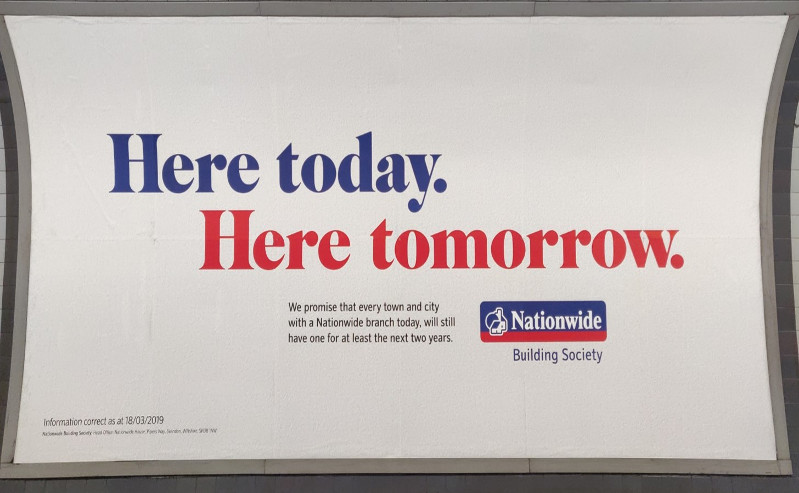
18 May High Street losses – It’s not just about shop closures…what about the services being lost?
While we read daily about shops closing down and major retailers going into administration, there isn’t the same coverage on the services and amenities disappearing from our town centres.
On a recent trip to see family, I went to the town I grew up in. At first glance, it seemed a bit ‘frozen in time’. However, looking closer (and needing cash) I looked around for a cash machine/bank in all the places I remembered them being. Everywhere I looked they’d gone…Barclays Bank lay empty, NatWest was a pizzeria, Cheshire Building Society, a solicitors, TSB, a restaurant, HSBC and a pizza takeaway/delivery outlet. I eventually found a cash point tucked away round the side of a Tesco. A quick look online confirmed that the town, with a population of more than 15,000 lost its remaining banking facilities between 2015 and 2017 and is down to only two cash points in the town centre. Nationally, banks and building societies have been accused of ‘giving up on their communities’ by closing branches and removing cash machines across the country.
It’s not just banks, it has been reported that one in five post offices could close in the next year due to falling incomes and higher rental costs, bearing in mind that the number of post offices in the UK has halved over the last 30 years.
But this situation is about more than just losing a post office or a bank; it’s about the impact that the loss of amenities has on a town’s footfall.
With services, stores and amenities closing, other examples include the loss of travel agents and hardware stores, there are fewer reasons for people to visit town centres.
Shops and services like shoe repairs, key cutting, dry cleaners and hair and beauty salons are just some of those that need face-to-face interactions and are most successful on a high street. Whilst it could be argued that some of these services can now be accessed off the high street via for example drive through drycleaners or laundry apps and watch batteries available online they still have a strong convenience factor and can be a key reason for visiting a town centre.
While the repurposing of closed services with coffee shops, restaurants and gyms is welcome, it changes the nature of a town centre and can lead to periods of the day or evening being desolate and a lack of mixing amongst people in the community.
What impact do these closures have on local communities and how can we overcome them? The loss of amenities particularly impacts local people, workers in the area, who use their lunch break to run errands, those with businesses handling cash or people with mobility issues.
A cash machine on its own can still provide a reason to visit a high street, even if the branch service has gone but with the rapid increase in contactless payments, how much longer will these remain a fixture in our town centres and how does this impact communities.
One provider that is trying to reassure its customers is Nationwide Building Society, who have pledged that any town or city which currently has a Nationwide branch, will have one for at least the next two years. This commitment means that customers who currently have a local branch will continue to have one. Sadly, this promise only covers the next two years, which isn’t far way. What happens after that?
Does it come down to ‘use them or lose them’? We are not advocating slowing progress or ignoring changes in how we transact / interact with our town centres but we need to think now about the services that we need on our high street and how we can prepare for the changes ahead (where we can) rather than trying to rebuild after the loss of retail and fill empty spaces… As many have commented before us, ‘retail is not coming back’, at least not how it used to be.
The next two years are crucial for the growth of our high streets and town centres. Can we expect to see other stores, brands or banks also pledge their commitment to staying open in local areas.
What do people think are the key services that high streets need to provide to have a purpose? There is much talk about wellbeing services, learning facilities, personalised goods and community hubs filling the gaps? What have you seen in other places that’s been successful in bringing footfall back or holding onto it?
Join the conversation, with these top tips!
How can high street businesses boost their footfall?
- Work together – align opening hours, offer services (and goods) people want (ask them if you don’t know!)
- Consider what services still rely on a face-to-face personal experience and use them as an anchor
- Try and find a way to retain services via another provider, for example WHSmith and Ryman feature post office counters in some of their stores
- What added services can you offer customers – can they become a ‘collect+’ type outlet used for click and collect purchase
- Work with the local council, BID or traders association to tie into national or local events
To find out more about The Assembly Line’s work with markets and places, get in touch.

